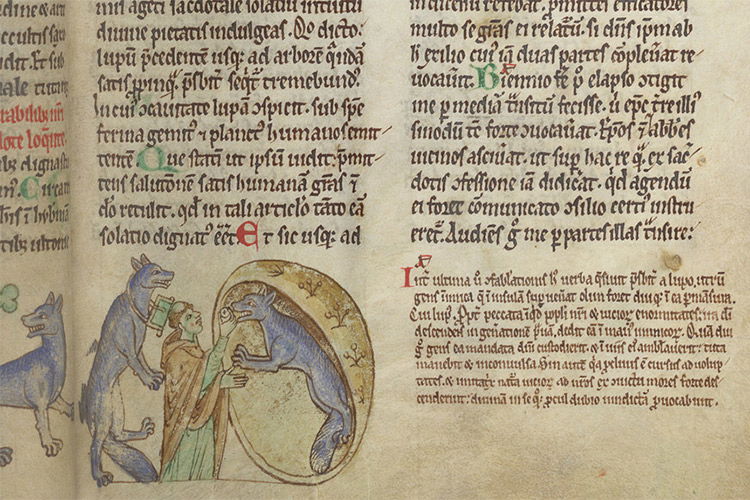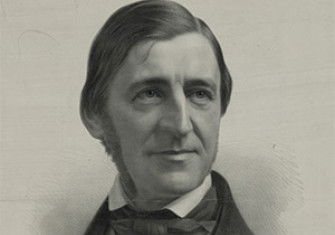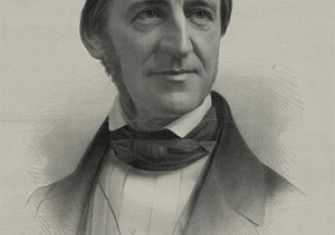Footnotes: Missing a Link?
Historians need to address the threat to footnotes by wholesale adoption of the permalink.
 Noel Coward likened reading footnotes to 'having to go downstairs to answer the door while in the midst of making love.' His standpoint was all very well for a playwright whose sole duty was to entertain, but the tedious task of compiling footnotes is now as essential to the historian as it is for a lawyer to state their authority when arguing a case in court. The very essence of either profession is an ability to say, ‘this is where you can find the proof of my assertion’. Otherwise there would be little to distinguish them from novelists, storytellers or playwrights.
Noel Coward likened reading footnotes to 'having to go downstairs to answer the door while in the midst of making love.' His standpoint was all very well for a playwright whose sole duty was to entertain, but the tedious task of compiling footnotes is now as essential to the historian as it is for a lawyer to state their authority when arguing a case in court. The very essence of either profession is an ability to say, ‘this is where you can find the proof of my assertion’. Otherwise there would be little to distinguish them from novelists, storytellers or playwrights.
Footnotes have sustained more than their fair share of attacks: from struggling academic publishing houses wanting to excise them to attract more readers to long-standing complaints than they are aesthetically offensive or a sign of too much research being done with too little thought. Perhaps the best footnote assault of all time was the 18th century satirist Gottlieb Wilhelm Rabener’s mock dissertation, Hinkmars von Repkow Noten Ohne Text, which consisted entirely of footnotes, on the basis that they alone were what was needed to achieve authorial fame and fortune – a main text was unnecessary and could be divined by the reader through extrapolation.
In spite of these multiple direct assaults, it turns out that a much more insidious development is coming closer to undermining the footnote: the use of web citations. Historians, like all other academics, increasingly embed URLs (web addresses) in their footnotes. This is of necessity – their source may well be available on the Internet alone. But this practice presumes that Internet sources are as permanent as evidence on paper. We all seem to believe that if something is on the web it will stay there, as it would in a library. In fact this is far from true – the web is inherently unstable. Internet citations decay, become inaccessible, disappear
This circumstance has aroused discomfort and soul-searching among scientists and lawyers. Digital library researchers at Los Alamos National Laboratory found in a survey of three and a half million scholarly articles from scientific journals between 1997 and 2012 that one in five links provided in the footnotes suffered from 'reference rot'.1 Another survey, this time of law and policy publications, revealed that after six years nearly half of URLs cited had become inaccessible.2 Historians (perhaps unsurprisingly, given their profession) have been slower to place this most modern of problems at the top of their agenda. They are, however, not immune from its effect. An American study of two leading history journals found that in articles published seven years earlier, 38 percent of web citations were dead.3 Missing web pages can sometimes be relocated by academics through digital archives, the biggest of them being the Wayback Machine in San Francisco.4 A good many web pages, however, have not been archived and are permanently irretrievable.
A tool called Perma.cc was launched in beta phase in 2014. Developed by the Harvard Law School Library, it ‘allows users to create citation links that will never break’. If you want to secure the future of an Internet link in your footnotes, you create an archived version of the page you are referring to and anyone later clicking on your link will be taken through to the archived version. This ‘permalink’ does not repair Internet citations that have already decayed, but it does effectively fix the problem going forward. It has already been taken up by law reviews in America.
Footnotes form an equally vital part of the historian’s impedimenta: a ‘trademark guaranteeing quality’.5 Historians, too, need to adapt this trademark to the changing contours of academia by wholesale adoption of the permalink.
Anna Neima is beginning a PhD at Cambridge in September on Dartington and the quest for holism in interwar Britain.
1. For what a web source is worth: The Cobweb Jill Lepore, New Yorker, January 26th 2015 issue, accessed February 24th 2015.
2. ibid
3. Edmund Russell and Jennifer Kane, ‘The Missing Link: Assessing the Reliability of Internet Citations in History Journals,’ Technology and Culture, Vol. 49, No. 2 (April 2008), pp. 420-429.
4. The Wayback Machine has a network of thousands of archivists around the world who identify acquisitions for its collection. It uses automated ‘webcrawlers’ to take snapshots of those web pages at regular intervals and then stores them.
5. Anthony Grafton, ‘The Footnote from De Thou to Ranke’, History and Theory, Vol. 33, No. 4, Issue 33, pp. 53-76.






